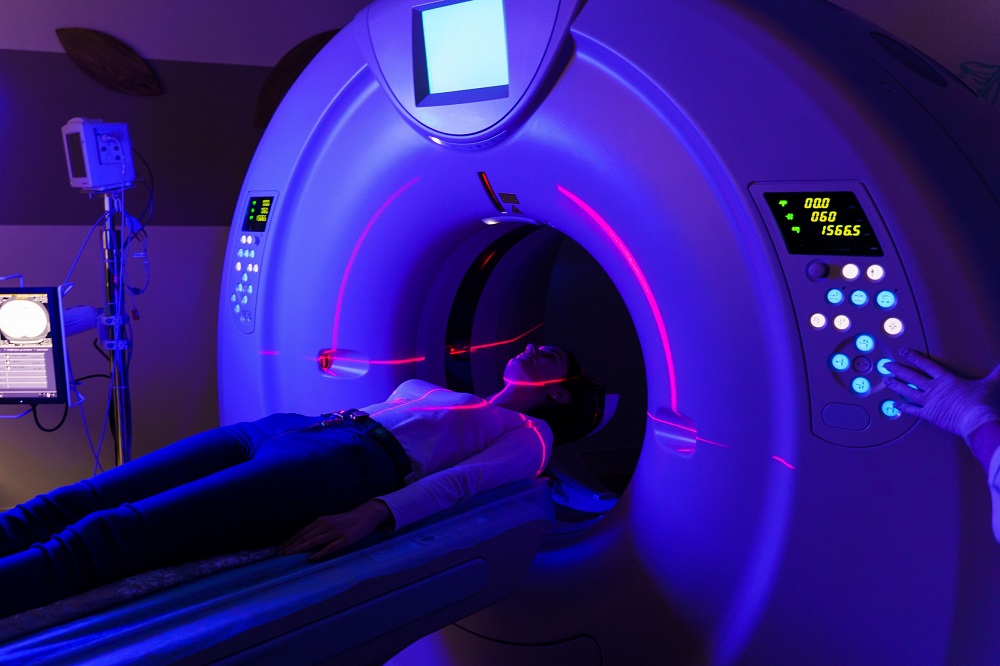Advanced Assistive Technology Predicts Organ Deformation during Radiotherapy
Posted on 06 Oct 2023
Radiation therapy is a popular choice for treating cancer and other conditions, largely because it's minimally invasive, allowing patients to quickly resume their normal lives. One issue, though, is that radiation can affect nearby healthy organs, particularly when high radiation doses are administered to diseased tissues in motion. While regular movements like breathing are somewhat predictable, irregular movements caused by the organ's interactions with neighboring organs can be hard to predict. The ability to precisely anticipate how organs move during radiation treatment is crucial for improving the therapy's effectiveness. Now, a new technology can capture real-time cross-sectional images of the affected area and use them to create three-dimensional (3D) motion of organs. This enables accurate predictions of the deformation of the pancreas and other organs depending on their position related to the nearby organs during radiation therapy.
Researchers from the University of Tsukuba (Ibaraki, Japan) have developed an innovative technique to determine the 3D movement of organs based on their relative positions to neighboring organs. This is done by acquiring real-time cross-sectional (2D) images of the targeted area from three different orientations during radiation therapy. Additionally, the researchers have created a cross-section selection system for picking the most accurate 2D image for further analysis.

The research team validated their technique using publicly accessible MRI data from 20 cases to evaluate the pancreas's position. When using data from just one angle, the error in locating the pancreas was 5.11 mm. However, when data from all three angles was employed, this error shrank dramatically to just 2.13 mm. In some cases, the accuracy was even comparable to what would be achieved if 3D information had been gathered beforehand. These findings could pave the way for radiation therapy protocols designed to minimize radiation exposure to nearby healthy organs, resulting in safer radiation therapy.
Related Links:
University of Tsukuba














